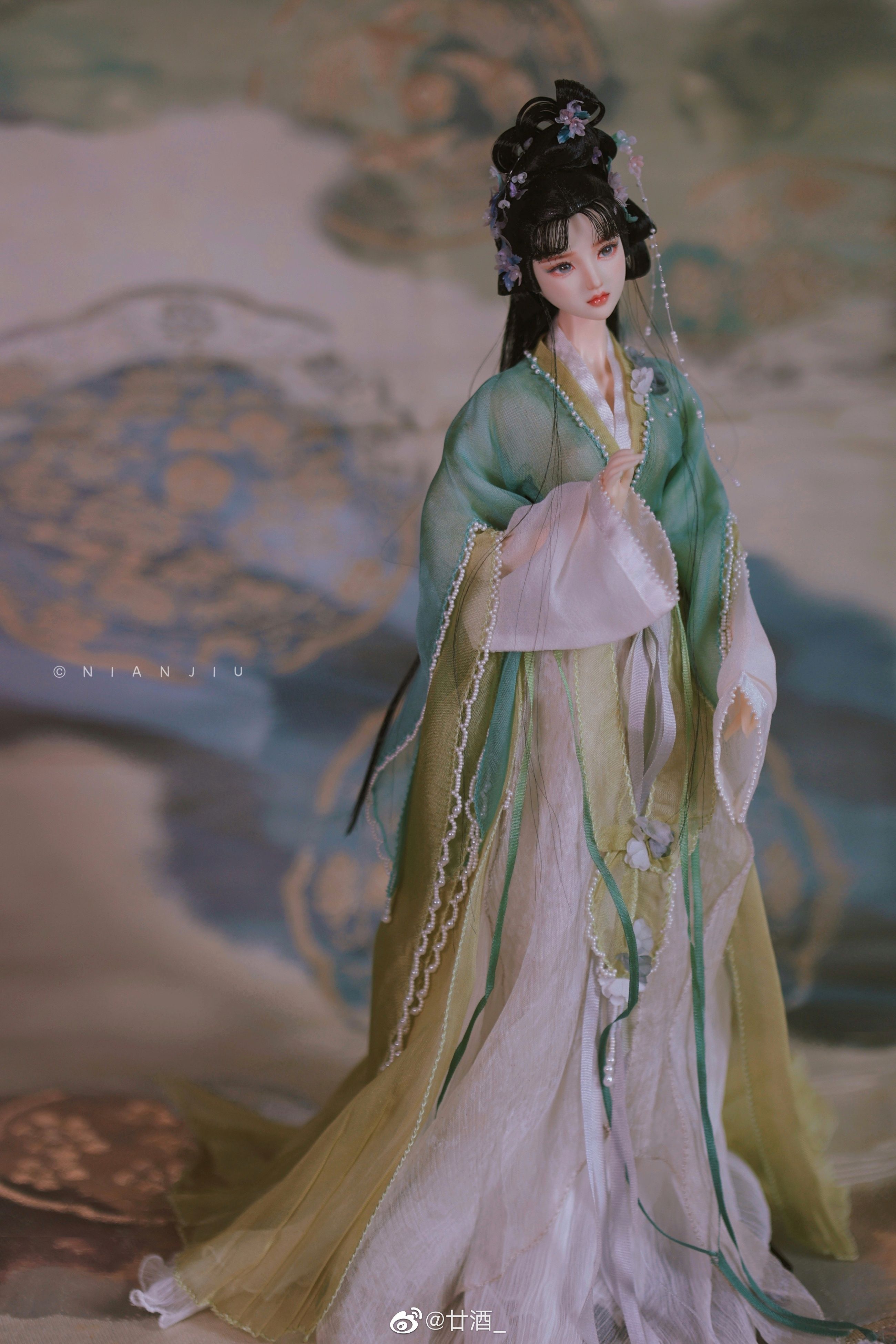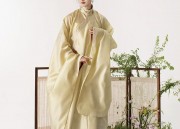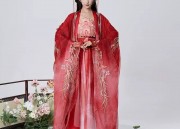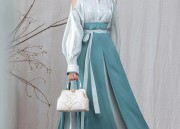The Revival of Ethnic Style Hanfu:Exploring the Essence of Traditional Chinese Clothing
In the contemporary world, where fashion trends are constantly evolving, Hanfu, the traditional clothing of the Han Chinese people, has gained renewed interest and recognition. As a symbol of cultural heritage and national identity, Hanfu embodies the essence of Chinese culture and artistry.

The term Hanfu refers to a range of traditional clothing styles worn by the Han people in China throughout history. These styles vary regionally and are influenced by historical periods, each design carrying unique cultural and symbolic meanings. The revival of Hanfu is not just a fashion trend; it is a cultural movement that aims to revive and preserve the rich heritage of Chinese culture.
The design elements of Hanfu are intricate and complex, reflecting the skilled craftsmanship and artistic talent of the Chinese people. The clothing typically consists of layers, with each layer representing different meanings and functions. The use of colors, patterns, and embellishments are carefully considered, symbolizing specific cultural values and beliefs. For instance, the color red is often associated with luck and prosperity, while blue represents peace and tranquility.
The revival of Hanfu has been driven by the younger generation, who view it as a means of expressing their national identity and pride in Chinese culture. They have taken it upon themselves to revive this traditional clothing by wearing it in various occasions, from festivals to everyday wear. This trend has also been supported by various cultural organizations and events that promote the heritage value of Hanfu.
Moreover, the revival of Hanfu has led to the emergence of new designs and styles that are tailored for modern wear. Designers have incorporated modern elements with traditional Hanfu designs to create contemporary yet traditional clothing that is suitable for modern lifestyles. These new designs not only cater to the younger generation but also attract people from different age groups who appreciate the beauty and uniqueness of Hanfu.
The revival of Hanfu has also sparked interest in other related cultural practices. For instance, people are now interested in learning traditional Chinese arts such as calligraphy, painting, and tea ceremony, which are often associated with Hanfu. This cross-cultural interest has helped to further promote the popularity of Hanfu and its associated cultural practices.
However, while the revival of Hanfu brings about positive changes, it also faces certain challenges. One major challenge is the lack of awareness about the true essence of Hanfu culture. Some people may wear Hanfu just for its aesthetic value or as a fashion trend without understanding its true cultural significance. To address this issue, it is essential to educate people about the rich heritage and history behind Hanfu and its associated cultural practices.
In conclusion, the revival of ethnic style Hanfu is not just a fashion trend but a cultural movement that aims to revive and preserve the rich heritage of Chinese culture. It embodies the skilled craftsmanship and artistic talent of the Chinese people and serves as a symbol of national identity and pride. The younger generation has driven this revival by wearing Hanfu in various occasions and supporting organizations that promote its heritage value. New designs and styles tailored for modern wear have further popularized Hanfu among different age groups. However, to ensure its long-term sustainability, it is crucial to educate people about the rich heritage and history behind Hanfu culture.
Moreover, the revival of Hanfu should not be limited to clothing but should extend to other aspects of Chinese culture such as traditional arts, music, dance, cuisine, and festivals. By promoting the holistic development of Chinese culture, we can ensure that Hanfu remains a vibrant part of our cultural identity and continues to inspire future generations.
Related Recommendations
-

Winter Childrens Hanfu Shoes:A Blend of Tradition and Comfort
-

A Peach Blossom in a Full Court of Splendor:The Story of a Pink Cheongsam
-

Enhancing the Traditional Charm of Hanfu Winter Red:A Journey of Fashion Evolution
-

Chinese Childrens Hanfu New Years Celebration Costumes:A Blend of Tradition and Modernity


